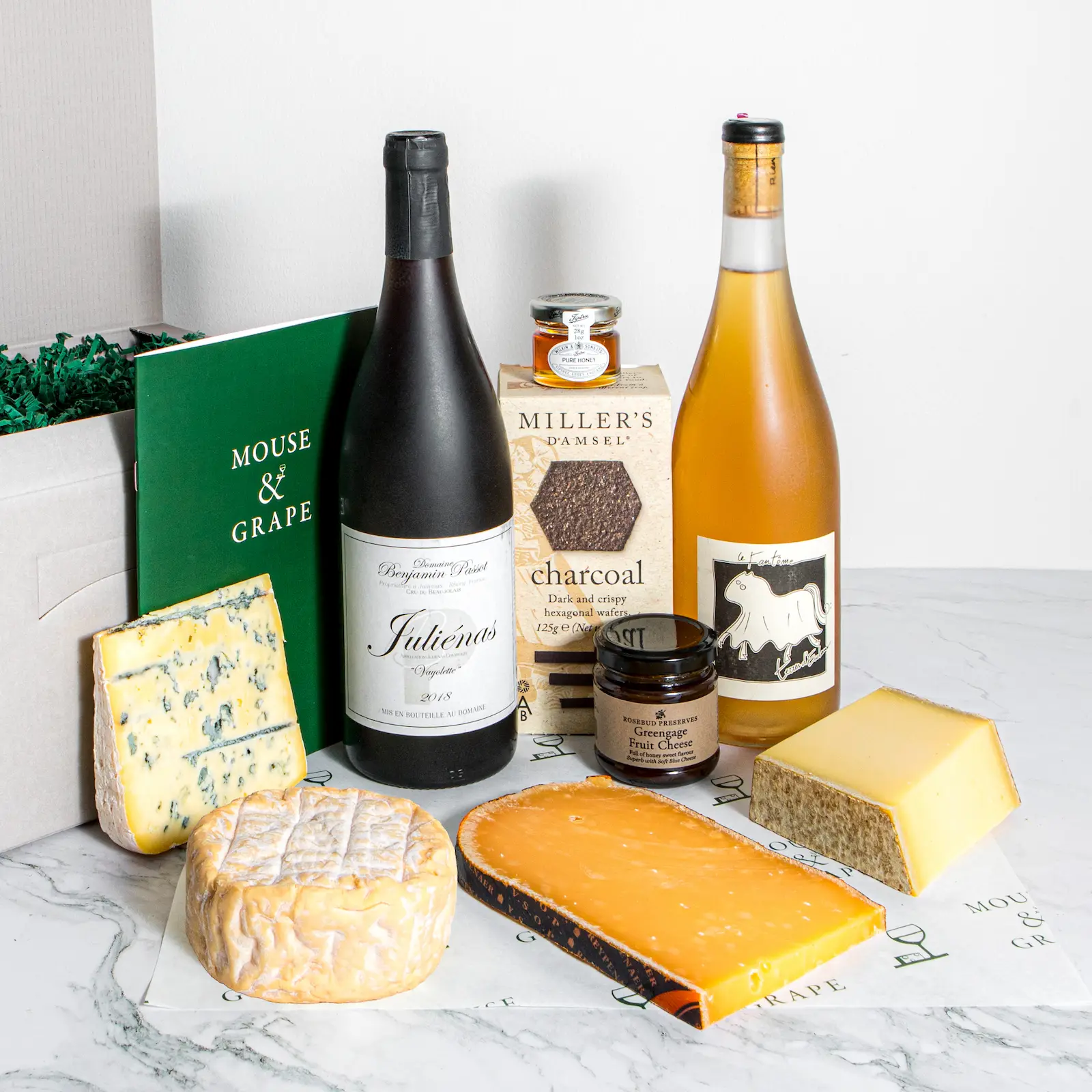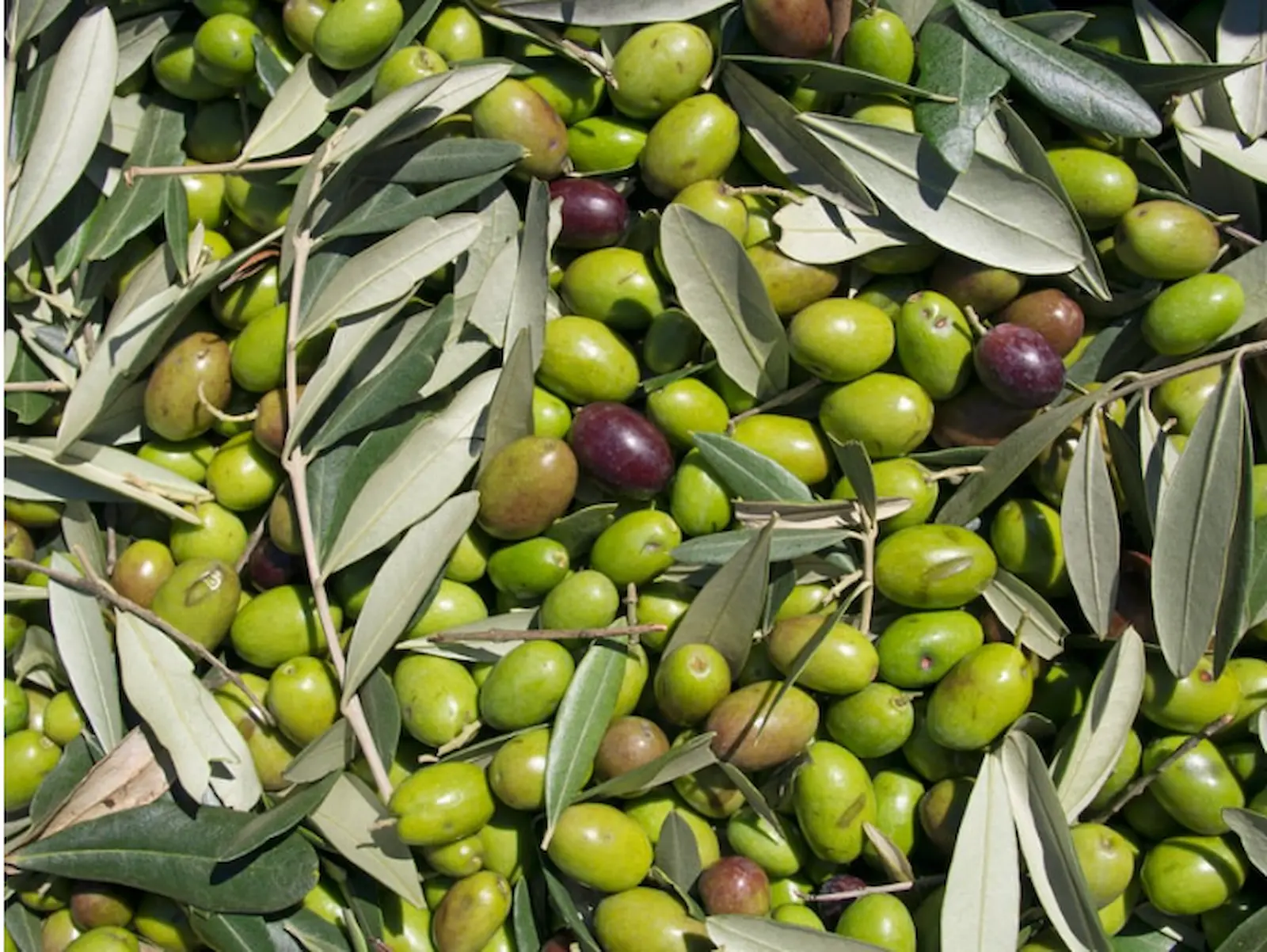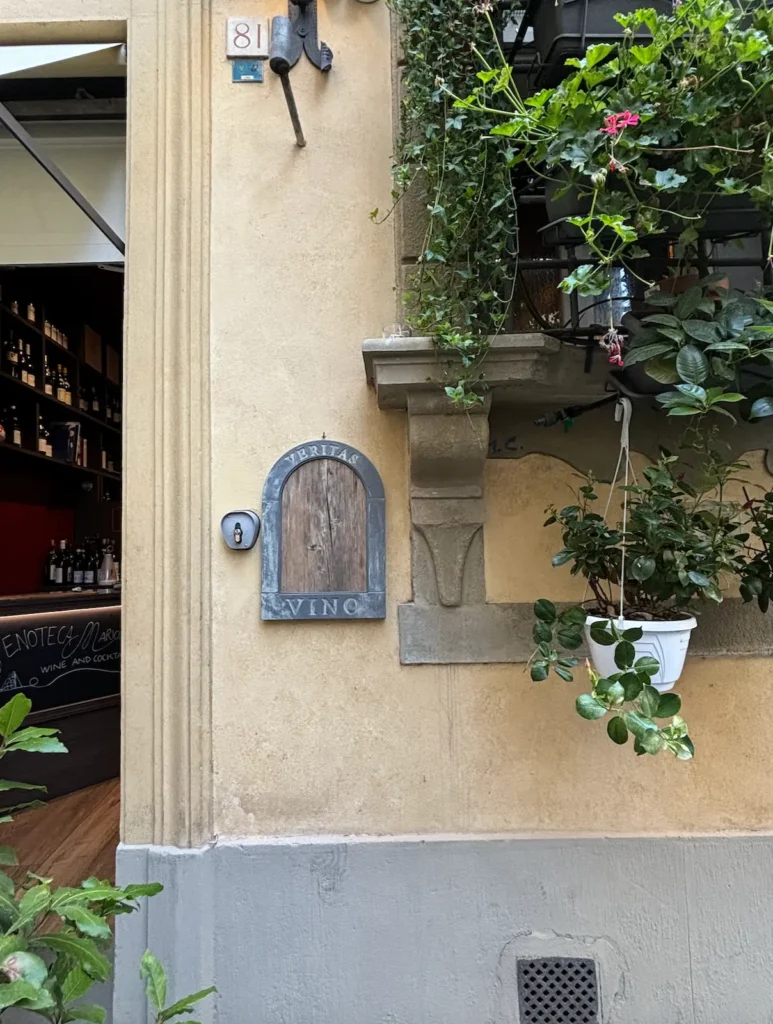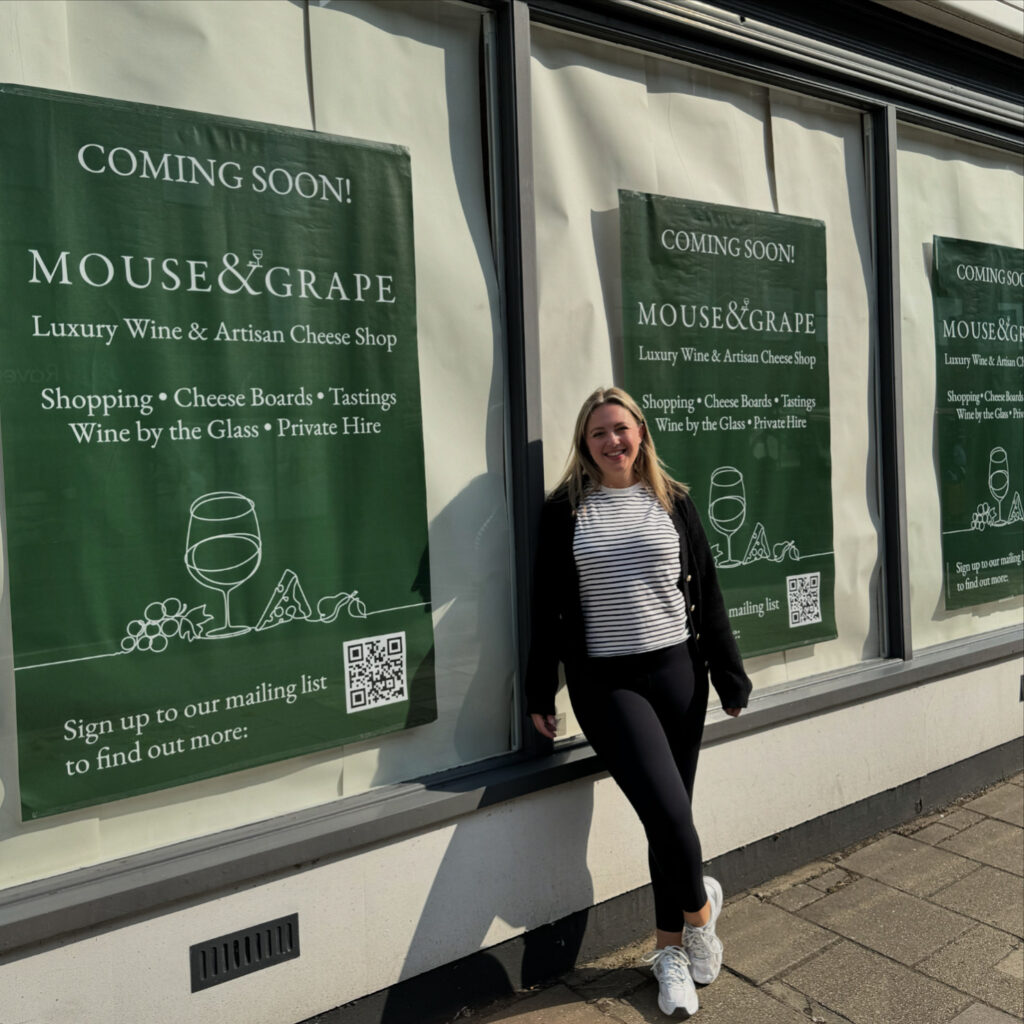Renaissance
If you’ve been on social media recently, you may have noticed a reinvigorated interest in dirty martinis. I’m not just talking about a dirty martini, I’m talking about an absolutely filthy martini with a full ounce of olive brine, maybe with blue cheese or stuffed olives. This is not just limited to cocktails, I’ve seen a plethora of recipes, including dirty martini dips or dirty martini pasta salad that make olives the star.
I’m not suggesting you add olive brine to your wine but I truly feel like I’m witnessing an Olive Renaissance. In honor of the Olive Renaissance, I have chosen to conduct an exploration of the history of olives, their pairing potential, and understand how they exist in a global context.
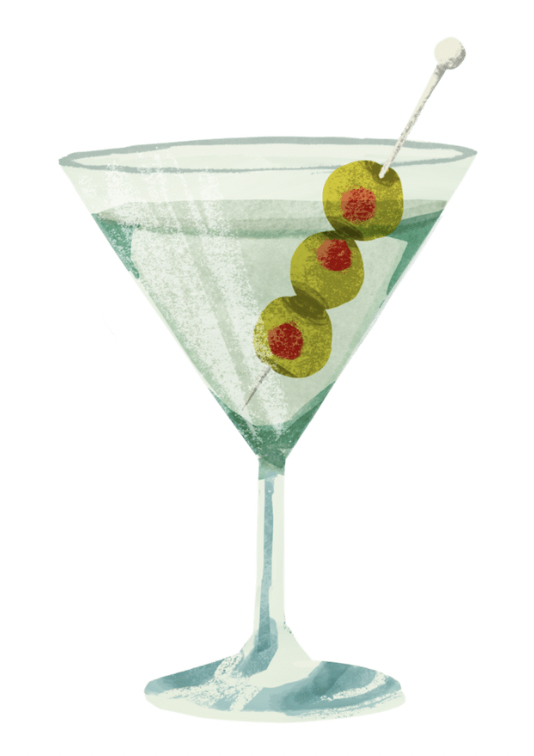
Historical Significance of Olives
With the earliest wild olive tree dating to the 12th millennium BCE, olives have held tremendous religious and cultural significance throughout history to numerous civilisations.
The Prophet Muhammad encouraged the use and consumption of olive oil as it is holy and believed it could cure numerous diseases. The olive tree is considered a blessed plant in Islam, with several mentions in the Qu’ran.
Similarly, in Judaism, olive oil is used to light the menorah during the festival of Hanukkah, with the olive oil serving as a symbol that God will continue to guide his followers with his light.
In Christianity, olives and olive trees have a number of different symbolisms, including longevity, righteousness, and perseverance. Olive oil and leaves are described in the Bible as a natural healing agent, and the Christian Church often utilises olive oils as their holy oil in ceremonies. Missionaries of the Church were instrumental in the proliferation of olives as they were imported around the world for ceremonial use.
In Greek mythology, the olive tree represents immortality and strength. Zeus once promised the region of Attica to the deity that made the most useful invention. The goddess Athena gifted the Greeks olives, which could be used for light, heat, medicine, or perfume. Athena planted an olive tree at the Acropolis of Athens, a city named in her honor. However, during the Persian Wars in 480 BC, the Persians sacked Athens and the Acropolis was burned. Citizens were distressed to find the tree had burned in the aftermath, but a new bud soon sprouted, and it is believed the tree that stands there today grew from the roots of the original.

Olive Varieties
There are hundreds of varieties of olives, but these are a few of the most common you may encounter.
Kalamata – Grown in Greece, these olives are rich and complex. They can be slightly chewier than other black olives and have a stronger flavour as they are tree-ripened. Their taste can be fruity and somewhat smoky, and they’re used widely in Greek and Mediterranean cuisines.
Nocellara Del Belice, also known as Castelvetrano, is from Sicily. They’re firm, buttery, and deliciously creamy. They’re a mild olive, with a saltiness compared to parmesan, making them a perfect ‘gateway’ olive.
Bella di Cerignola – another Italian Green olive from Puglia. They’re crisp, buttery, and a bit sweet. They’re typically quite mild, making them incredibly versatile. These olives are often stuffed because they’re slightly larger than other varieties.
Manzanilla – a Spanish variety originally from Sevilla that is crisp, salty, and a bit nutty. These olives are one of the most common types of green olives found in stores. If you’ve purchased brined green olives, they may have been Manzanilla.
Niçoise – from the Alpes Maritime region of France, these olives are small and firm with a relatively large pit. These are much more intense – they’re salty, sour, and sometimes a bit bitter, with herbaceous and licorice flavours. These are an essential ingredient in the cooking of Côte d’Azur.
Picholine – another delicious French olive, these olives are crisp, briny, and fruity, with a lemony, buttery flavour. They grow largely in Morocco and the Rivieras of France and Italy.
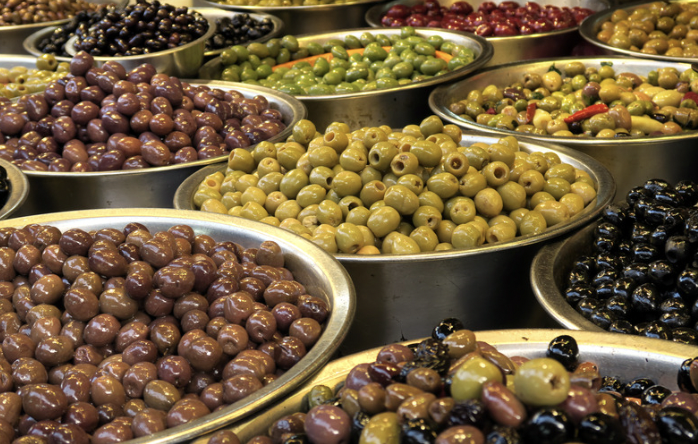
To Brine or Not to Brine
There are three main methods of preserving olives: lye-cured, brined, and oil-cured.
Food-grade lye is an additive that can be utilised to extract the bitter compounds in olives. This method may also be referred to as Seville-style curing as it originated in Spain. Some olives that utilise this method are Castelvetrano, Manzanilla, Gordal (known as Queen), California Ripe, and Mission.
Brining refers to soaking olives in a mixture of water, salt, and vinegar. This solution infuses them with flavour while drawing out bitter compounds. These olives tend to be briny and buttery, with examples being Kalamata, Sicilian, Picholine, Niçoise, Gaeta, and Manzanilla.
Finally, there are oil-cured, or dry-cured, which are salty and chewy – typically a process done for black olives. The olives are packed in salt to draw out moisture and bitterness, then they are rinsed to remove excess salt, dried, coated in olive oil, and potentially tossed with herbs, spices, or citrus. These tend to be more robust, with examples being Greek-style, Moroccan Beldi, and French Nyons.
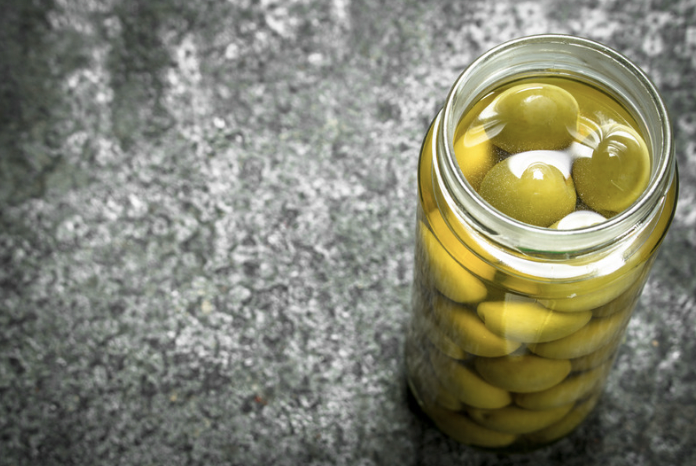
A Guide to Pairing Olives
Cheeses
Crisp and Buttery: Consider a creamy Italian Taleggio from Lombardy, a washed-rind cheese with a delicate fruity flavour and silky texture. Or consider Bix, an indulgent cheese from Oxfordshire enriched with double cream. A soft cheese offers a textural contrast to crisp olives.
Herbaceous: For herbaceous olives or olives infused with herbs, tangy cheeses pair beautifully, including feta or goat’s cheeses such as Chévre or Tomme de Savoie.
Stuffed: Tangy cheeses also pair nicely with olives that are stuffed with garlic or peppers, as they pair well with the robust flavours – consider La Tur or Driftwood. If you want an even more bold pairing, consider garlic-stuffed olives and blue cheese like Cropwell Bishop Stilton.
Dark and Robust: For these olives, soft cheese adds a contrast of textures, while hard cheese can match the robust flavours. Consider a Pecorino, aged Cheddar, or Gouda.
Wines
As you select your pairing consider complementary flavours and textures, including the mouthfeel of the wine (including whether the wine is light or full-bodied). If, for example, you have chosen a buttery olive with a fatty charcuterie selection, you may prefer a crisp wine that balances the richness. Or you may prefer a full-bodied wine that can stand up to the indulgent textures and flavours.
Crisp and Buttery: Crisp olives would pair well with a full-bodied white wine, including a lightly oaked Chardonnay, whereas a more buttery olive would pair well with a crisp wine, including Sancerre Sauvignon Blanc.
Herbaceous and Citrus: For a citrus-infused olive, an herbaceous wine could be a beautiful complement. Similarly, an herbaceous olive could be accentuated with a herbaceous or grassy wine, such as New World Sauvignon Blanc from regions like Australia or Chilé. For a red wine pairing, consider a Cabernet Franc, whose vegetal aromas accentuate the briny, vegetal flavours.
If you want to pair herbaceous flavours with peppery wine, consider an Old World Syrah, which tends to have more earthy characteristics. Notably, try a Rhône Valley blend known for its peppery flavours.
The Italian Sangiovese grape, found in wines such as Brunello, Chianti, or Vino Nobile di Montepulciano, can have characteristics of dried herbs, including rosemary, sage, thyme, or tomato leaf, to accentuate the vegetal flavours of olives.
Stuffed: Stuffed olives tend to be more robust, so they pair well with robust, full-bodied wines such as Tuscan or Bordeaux reds. A Chianti Sangiovese or a Bordeaux Cabernet Sauvignon balances the brininess and add complementary flavours. Or consider an Italian Vermentino from Sardinia, Liguria, or Piedmonte, a white wine that often has characteristics of dried herbs and citrus peel, making for a delightful balance of rich, savoury olives.
With herbaceous, grassy flavours or savoury stuffed olives, an aromatic Provence Rosé with crisp acidity and fruity flavours, or a Greek Assyrtiko with notes of minerality, citrus, and salinity are two incredible possibilities.
Dark and Robust: These olives pair well with the aforementioned full-bodied reds. They also pair well with earthy red wines, including Pinot Noir.
Extras
There are countless accompaniments you can utilise.
To pair with the savoury flavours of olives, consider sweet and salty pairing, especially with honey, grapes, figs, or dried fruits.
If you want to add nutty, earthy flavours, consider adding smoked almonds or walnuts.
Savoury cured meats add an extra dimension, especially with light and crisp olives.
With a base of freshly baked bread or simple crackers, you have a perfect evening.
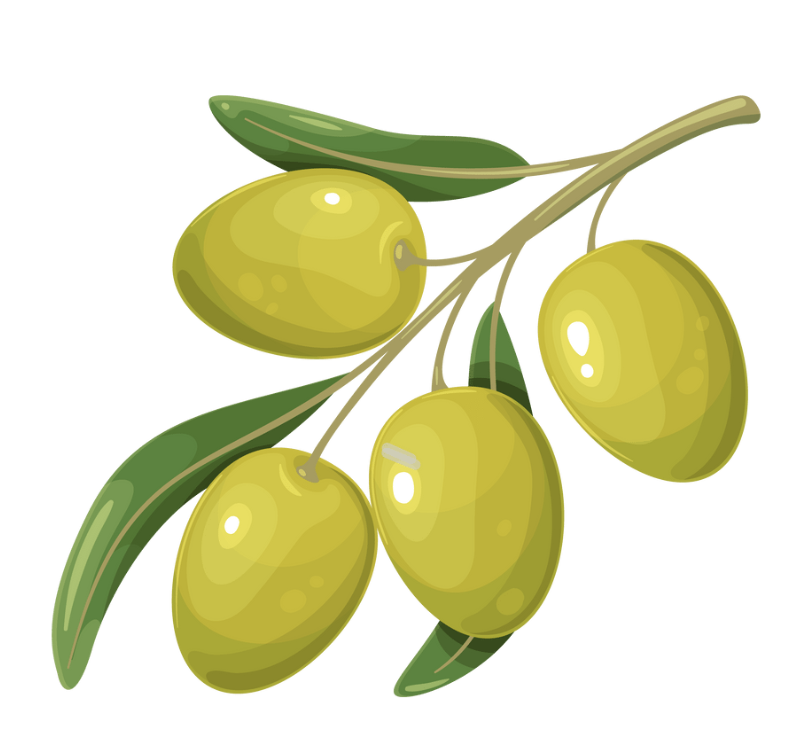
Olives and Resistance: Anthropological Exploration
With the resurgence of olives on the internet, I feel it is critical to discuss the unwavering significance of olives to the Palestinian people – to properly understand olives in a global and historical context.
In the Palestinian culture, olive trees are a symbol of strength and perseverance as olive trees continue to thrive through the most challenging circumstances. Olive trees are “at the heart of Palestinian culture, history, its economy and identity” as noted in a press release by the United Nations. Palestinian families have farmed olives for centuries, and these harvests remain a major source of income for nearly 100,000 Palestinians. In a history of displacement, olive trees are a symbol of continued Palestinian resilience. Celebrated Palestinian poet Mahmoud Darwish wrote,
The olive tree is the color of peace, if peace needed
A color. No one says to the olive tree: How beautiful you are!
But: How noble and how splendid!
I’d like to encourage you to read the rest of his poem, “The Second Olive Tree,” written decades ago but eternal nonetheless. A number of his works reference and personify olives and olive trees, which have served as a muse for poets, a beacon of strength, and a tangible delineation of Palestine’s people and history. Learning, understanding, and eternalizing these stories and struggles of Palestinians keeps their memory alive.
Food is woven into the fabric that unites humanity, across the world and across time. Cooking and cultivation of crops is a uniquely human creation that has evolved over millennia. It is a practice that encapsulates generations of human experience like no other medium and to know the history of the foods you consume is to immortalize their significance. Something as seemingly insignificant as the history of an olive is one thread woven into that fabric, a representation of our past, present, and future.
Consider as well: food is inherently political, as exemplified by the wee olive, and no one in a position of privilege is exempt from the responsibility of understanding this. We have witnessed food be weaponized on an unfathomable scale, as over 800,000 olive trees have been illegally uprooted in Palestine since 1967 and 96% of people in Gaza are currently facing “acute food insecurity at ‘crisis’ level or higher” according to the United Nations. We have also witnessed the way the olive serves as a beacon of hope and a symbol of tenacity for the Palestinian people in the darkest of times. In another incredible poem I encourage you to read, “The Earth is Closing on Us,” Darwish concludes with,
We will die here, here in the last passage.
Here and here our blood will plant its olive tree.
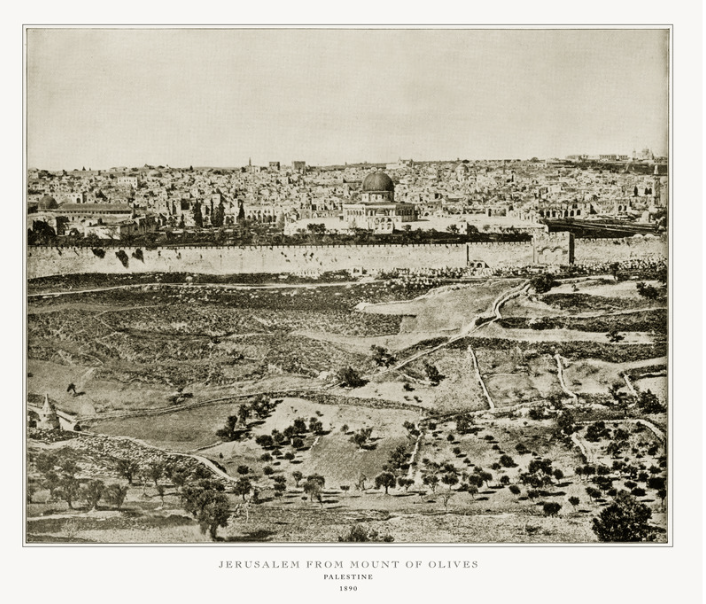
Final Thoughts
I’ve covered many topics and tones over the course of this article, but to me, this discussion encapsulates all food is. Food is political, yet it’s an expression of love. As simple as it may seem, it’s unfathomably nuanced. I feel it’s a disservice to diminish its significance and pretend food exists in a vacuum.
Olives exemplify this nuance – they have been transplanted around the world, becoming a favorite nibble, a staple ingredient, and a choice of wine enthusiasts. Today they’ve been reinvigorated on the internet in an inevitable cycle of social media trends. Simultaneously, they’ve retained their cultural significance and historical origins.
As I have gained a platform to write about food and wine, my greatest passion and inspiration, I look forward to continuing to share my outlook.
Arni Seth
